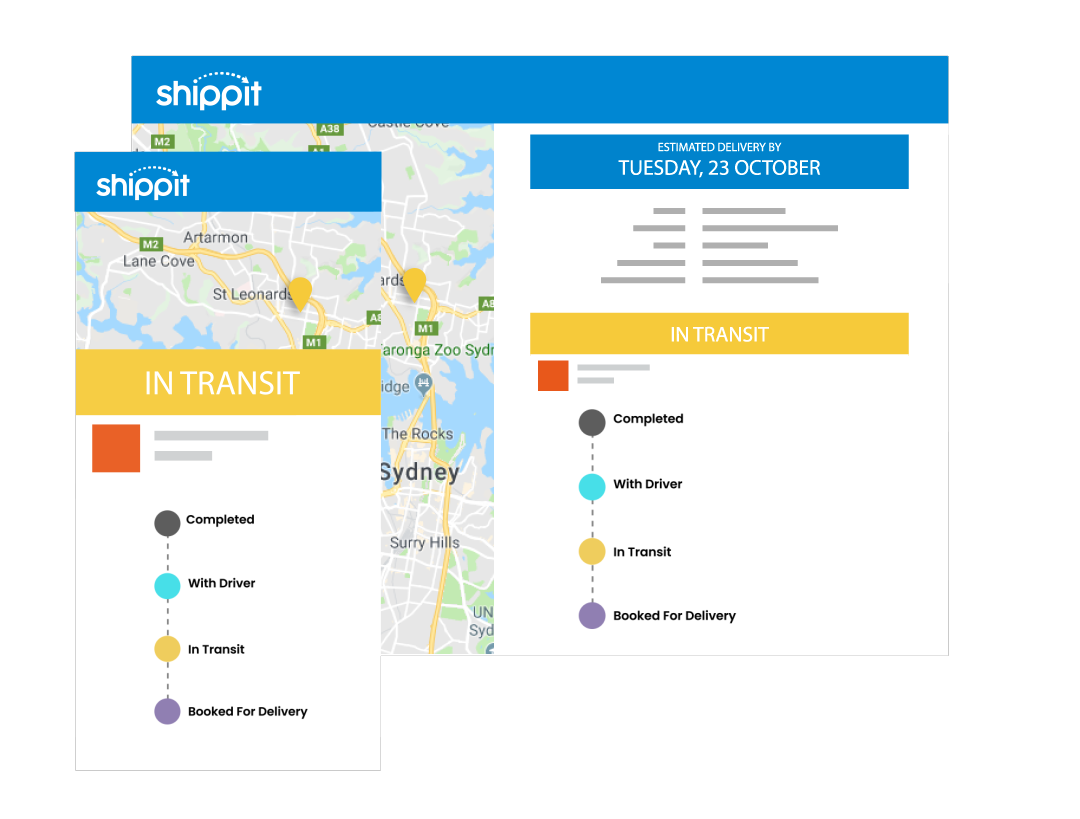The path to building a meaningful, lifelong relationship with your customer goes a little something like this: gaining their trust will lead on to retention, in turn, building loyalty, which blossoms into advocacy and this, my friends, then becomes your single, biggest selling tool.
And the hard truth is that you may have been going about building brand loyalty all wrong.
If you’re incentivising loyalty with transaction-based discounts, you’re most likely attracting customers devoted to bargains, not brands. Reward programmes, membership offers and most other traditional loyalty schemes can lead to fixation on price, and (ironically) not loyalty to your brand or product.
Yes, there is an argument that a points-based loyalty scheme is beneficial for data capture, but this is the golden age of eCommerce and there are much more reliable and cutting edge technologies to achieve this out there.
According to Brad Dodge, the way to build loyalty is by “leveraging the three key components of trust: capability, reliability and caring. Thereby creating a better consumer experience and driving growth”.
So with these three ‘pillars of loyalty’ (as we like to call them) in mind, we’ve put together a loyalty-building 101 masterclass, just for you.
Pillar 1: Capability
An online customer’s biggest obstacle is making the decision to part with their hard earnt cash without actually seeing or touching the product in real life.
UPS found that when making purchasing decisions, shoppers find real value in content both from retailers and other shoppers, with 77% saying product reviews were most influential in encouraging them to click ‘buy now’.
Content really is king online, with only 57% of shoppers wanting to see user-generated content or images uploaded by their peers.
With reviews being trusted by 88% of customers, you can forget Kendall Jenner, make your customers the brand advocates, and even the face of your site and the trust (and eventually, loyalty) in your brand will skyrocket.
Pillar 2: Reliability
It’s of paramount importance to take away any potential risk your customer sees both pre and post-purchase; building trust requires them to feel reassured they’re making the right decision.
Where possible offer samples so they can try before they buy. If samples aren’t appropriate for your product, fear not, cutting edge tech such as Virtual Reality and Augmented Reality is not as futuristic as you may think, just last year eBay and Myer launched the world’s first VR department store.
And if you’re thinking AR and VR are a bit out of this year’s marketing budget, there’s a much more low-tech, but arguably just as powerful, solution – real-life product experts who are ready and waiting anytime (yes, that does mean 7 days a week) to tackle any questions or doubts.
According to research, 77 per cent of customers deemed online chat an important factor in shaping their perspective of a given retailer.
Next, you can take away any headaches by making returns easy peasy. Buyer’s remorse can afflict the best of us and if it does hit, your customer will appreciate (and remember) returns is simple, efficient and quick.
We’ve touched on the importance of a streamlined returns process before, however, this study reveals that, although overall returns satisfaction increased in 2016, this is an area that is very much ‘ripe for improvement’.
60% of those questioned in the study reported that the best returns experiences come from providing a free service. While around half viewed a hassle-free experience and easy to print return labels, as their online purchasing security blanket.
Psychologists refer to this as the ‘peak-end rule’. Meaning that it’s the last impression (good or bad) left at the end of the engagement, that’s remembered. Give your customers a great experience in what could possibly be their last encounter with you, and we promise it most likely won’t be.
Pillar 3: Caring
Cultivate emotional connections with your customers. Offering monetary-based rewards and discounts can be great for transforming a browser into a buyer, but customer-brand relationships thrive on less conventional rewards, such as ‘surprise and delight’ moments.
You can and should still reward customers. Offering tailored, unexpected treats work harder than their traditional, expected counterparts and the good news is, they don’t have to blow the budget. For example, you could post ‘thank you’ shoutouts to customers, or re-post their product shots on your social accounts to get the conversations going.
Alternatively, now we all know how much importance customers place on free shipping (see ‘Pillar 2: Reliability’ to jog your memory), why not offer sporadic ‘free-shipping’ days?
Surprising and delighting keeps customer expectations fluid and the possibilities for moments like this are endless, check out this article for more where they came from.
So that’s what you should be doing right now, but what does the loyalty programme of the future look like?
Well by using data analytics we can turn loyalty schemes from being discount-focused and impersonal, into sustainable, mutually-beneficial relationships. In turn, this will align customer behaviour with brand values and can provide unexpected rewards, in a structured way.
We have to agree with Digital Pulse in predicting a world where eventually there are no cards, no points and no discounts. And in their place a utopia of emotional value, engagement and organic reviews and referrals; a place where you and your customer can live happily ever after.

Shippit.com is the shipping engine for modern retail. Learn more about how our software can save you time, money and keep your customers happy.
